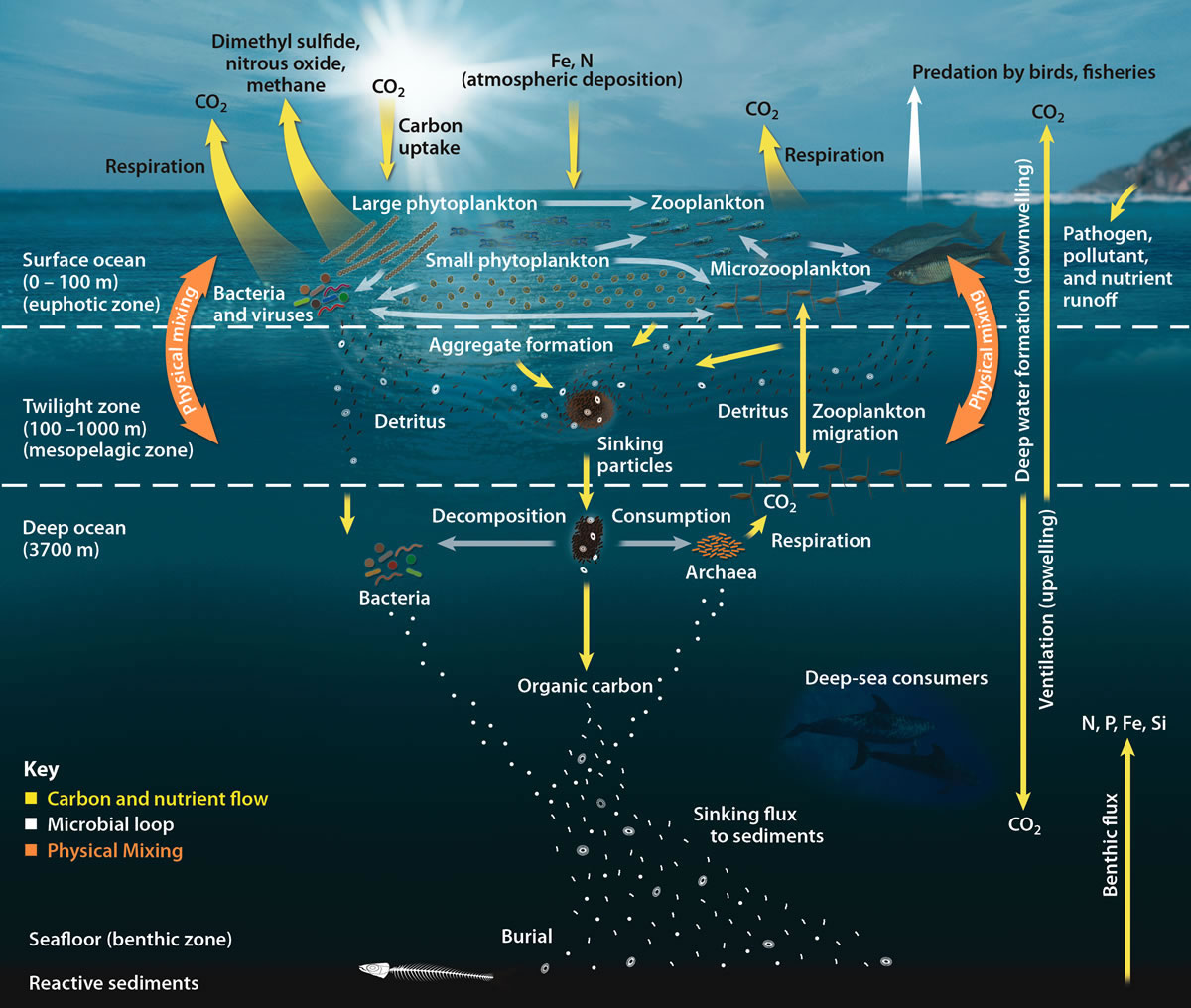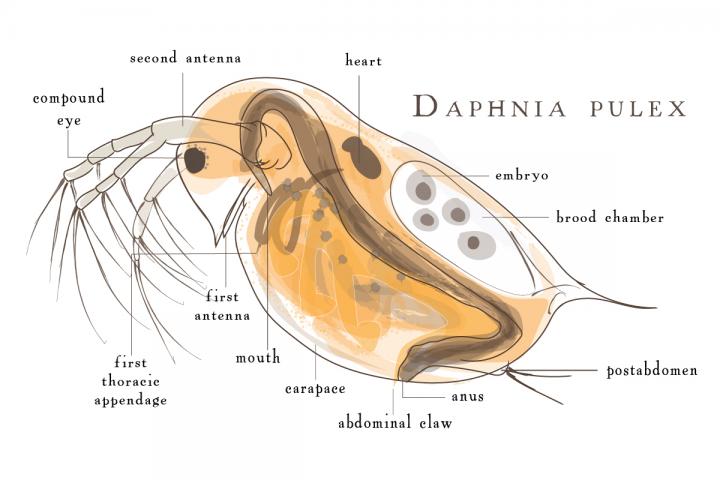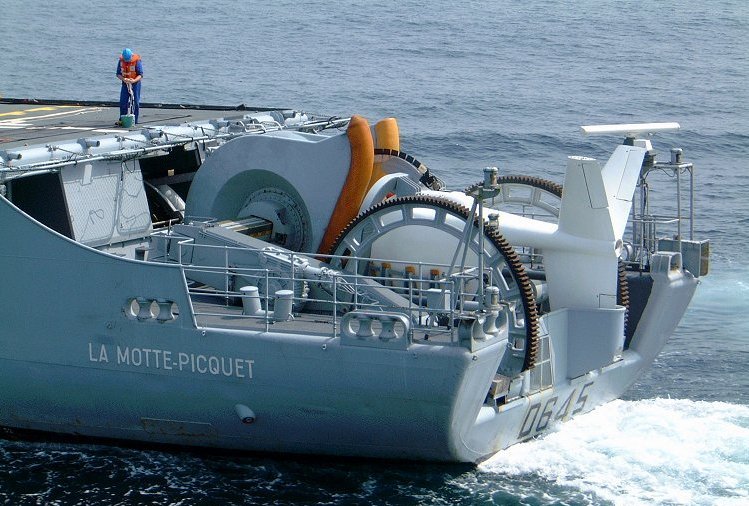|
Diel
Diel vertical migration (DVM), also known as diurnal vertical migration, is a pattern of movement used by some organisms, such as copepods, living in the ocean and in lakes. The word ''diel'' comes from the Latin ''dies'' day, and means a 24-hour period. The Animal migration, migration occurs when organisms move up to the epipelagic, uppermost layer of the sea at night and return to the mesopelagic, bottom of the daylight zone of the oceans or to the hypolimnion, dense, bottom layer of lakes during the day. It is important to the functioning of Marine food web, deep-sea food webs and the Biological pump, biologically driven sequestration of carbon. In terms of Biomass (ecology), biomass, it is the largest synchronous migration in the world. It is not restricted to any one taxon as examples are known from crustaceans (copepods), Mollusca, molluscs (squid), and Actinopterygii, ray-finned fishes (trout). The phenomenon may be advantageous for a number of reasons, most typically ... [...More Info...] [...Related Items...] OR: [Wikipedia] [Google] [Baidu] |
Mesopelagic
The mesopelagic zone (Greek μέσον, middle), also known as the middle pelagic or twilight zone, is the part of the pelagic zone that lies between the photic epipelagic and the aphotic bathypelagic zones. It is defined by light, and begins at the depth where only 1% of incident light reaches and ends where there is no light; the depths of this zone are between approximately 200 to 1,000 meters (~656 to 3,280 feet) below the ocean surface. The mesopelagic zone occupies about 60% of the planet's surface and about 20% of the ocean's volume, amounting to a large part of the total biosphere. It hosts a diverse biological community that includes bristlemouths, blobfish, bioluminescent jellyfish, giant squid, and a myriad of other unique organisms adapted to live in a low-light environment. It has long captivated the imagination of scientists, artists and writers; deep sea creatures are prominent in popular culture. Physical conditions The mesopelagic zone includes the regi ... [...More Info...] [...Related Items...] OR: [Wikipedia] [Google] [Baidu] |
Marine Food Web
Compared to terrestrial environments, marine environments have biomass pyramids which are inverted at the base. In particular, the biomass of consumers (copepods, krill, shrimp, forage fish) is larger than the biomass of primary producers. This happens because the ocean's primary producers are tiny phytoplankton which grow and reproduce rapidly, so a small mass can have a fast rate of primary production. In contrast, many significant terrestrial primary producers, such as mature forests, grow and reproduce slowly, so a much larger mass is needed to achieve the same rate of primary production. Because of this inversion, it is the zooplankton that make up most of the marine animal biomass. As primary consumers, zooplankton are the crucial link between the primary producers (mainly phytoplankton) and the rest of the marine food web (secondary consumers). If phytoplankton dies before it is eaten, it descends through the euphotic zone as part of the marine snow and settles into the ... [...More Info...] [...Related Items...] OR: [Wikipedia] [Google] [Baidu] |
Deep Scattering Layer
The deep scattering layer, sometimes referred to as the sound scattering layer, is a layer in the ocean consisting of a variety of marine animals. It was discovered through the use of sonar, as ships found a layer that scattered the sound and was thus sometimes mistaken for the seabed. For this reason it is sometimes called the false bottom or phantom bottom. It can be seen to rise and fall each day in keeping with diel vertical migration. Sonar operators, using the newly developed sonar technology during World War II, were puzzled by what appeared to be a false sea floor 300–500 metres (980–1,640 ft) deep at day, and less deep at night. Initially, this mysterious phenomenon was called the ECR layer using the initials of its three discoverers. It turned out to be due to millions of marine organisms, most particularly small mesopelagic fish, with swim bladders that reflected the sonar. These organisms migrate up into shallower water at dusk to feed on plankton. The layer ... [...More Info...] [...Related Items...] OR: [Wikipedia] [Google] [Baidu] |
Plankton
Plankton are the diverse collection of organisms found in water (or air) that are unable to propel themselves against a current (or wind). The individual organisms constituting plankton are called plankters. In the ocean, they provide a crucial source of food to many small and large aquatic organisms, such as bivalves, fish and whales. Marine plankton include bacteria, archaea, algae, protozoa and drifting or floating animals that inhabit the saltwater of oceans and the brackish waters of estuaries. Freshwater plankton are similar to marine plankton, but are found in the freshwaters of lakes and rivers. Plankton are usually thought of as inhabiting water, but there are also airborne versions, the aeroplankton, that live part of their lives drifting in the atmosphere. These include plant spores, pollen and wind-scattered seeds, as well as microorganisms swept into the air from terrestrial dust storms and oceanic plankton swept into the air by sea spray. Though m ... [...More Info...] [...Related Items...] OR: [Wikipedia] [Google] [Baidu] |
Squid
True squid are molluscs with an elongated soft body, large eyes, eight arms, and two tentacles in the superorder Decapodiformes, though many other molluscs within the broader Neocoleoidea are also called squid despite not strictly fitting these criteria. Like all other cephalopods, squid have a distinct head, bilateral symmetry, and a mantle. They are mainly soft-bodied, like octopuses, but have a small internal skeleton in the form of a rod-like gladius or pen, made of chitin. Squid diverged from other cephalopods during the Jurassic and occupy a similar role to teleost fish as open water predators of similar size and behaviour. They play an important role in the open water food web. The two long tentacles are used to grab prey and the eight arms to hold and control it. The beak then cuts the food into suitable size chunks for swallowing. Squid are rapid swimmers, moving by jet propulsion, and largely locate their prey by sight. They are among the most intelligent o ... [...More Info...] [...Related Items...] OR: [Wikipedia] [Google] [Baidu] |
Animal Migration
Animal migration is the relatively long-distance movement of individual animals, usually on a seasonal basis. It is the most common form of migration in ecology. It is found in all major animal groups, including birds, mammals, fish, reptiles, amphibians, insects, and crustaceans. The cause of migration may be local climate, local availability of food, the season of the year or for mating. To be counted as a true migration, and not just a local dispersal or irruption, the movement of the animals should be an annual or seasonal occurrence, or a major habitat change as part of their life. An annual event could include Northern Hemisphere birds migrating south for the winter, or wildebeest migrating annually for seasonal grazing. A major habitat change could include young Atlantic salmon or sea lamprey leaving the river of their birth when they have reached a few inches in size. Some traditional forms of human migration fit this pattern. Migrations can be studied using tr ... [...More Info...] [...Related Items...] OR: [Wikipedia] [Google] [Baidu] |
Epipelagic
The photic zone, euphotic zone, epipelagic zone, or sunlight zone is the uppermost layer of a body of water that receives sunlight, allowing phytoplankton to perform photosynthesis. It undergoes a series of physical, chemical, and biological processes that supply nutrients into the upper water column. The photic zone is home to the majority of aquatic life due to the activity (primary production) of the phytoplankton. Photosynthesis in photic zone In the photic zone, the photosynthesis rate exceeds the respiration rate. This is due to the abundant solar energy which is used as an energy source for photosynthesis by primary producers such as phytoplankton. These phytoplankton grow extremely quickly because of sunlight's heavy influence, enabling it to be produced at a fast rate. In fact, ninety five percent of photosynthesis in the ocean occurs in the photic zone. Therefore, if we go deeper, beyond the photic zone, such as into the compensation point, there is little to no p ... [...More Info...] [...Related Items...] OR: [Wikipedia] [Google] [Baidu] |
Daphnia
''Daphnia'' is a genus of small planktonic crustaceans, in length. ''Daphnia'' are members of the order Anomopoda, and are one of the several small aquatic crustaceans commonly called water fleas because their saltatory swimming style resembles the movements of fleas. ''Daphnia'' spp. live in various aquatic environments ranging from acidic swamps to freshwater lakes and ponds. The two most commonly found species of ''Daphnia'' are '' D. pulex'' (small and most common) and '' D. magna'' (large). They are often associated with a related genus in the order Cladocera: '' Moina'', which is in the Moinidae family instead of the Daphniidae, and is much smaller than ''D. pulex'' (roughly half the maximum length). Appearance and characteristics The body of a ''Daphnia'' species is usually long, and is divided into segments, although this division is not visible. The head is fused, and is generally bent down towards the body with a visible notch separating the ... [...More Info...] [...Related Items...] OR: [Wikipedia] [Google] [Baidu] |
World War II
World War II or the Second World War, often abbreviated as WWII or WW2, was a world war that lasted from 1939 to 1945. It involved the World War II by country, vast majority of the world's countries—including all of the great powers—forming two opposing military alliances: the Allies of World War II, Allies and the Axis powers. World War II was a total war that directly involved more than 100 million Military personnel, personnel from more than 30 countries. The major participants in the war threw their entire economic, industrial, and scientific capabilities behind the war effort, blurring the distinction between civilian and military resources. Air warfare of World War II, Aircraft played a major role in the conflict, enabling the strategic bombing of population centres and deploying the Atomic bombings of Hiroshima and Nagasaki, only two nuclear weapons ever used in war. World War II was by far the List of wars by death toll, deadliest conflict in hu ... [...More Info...] [...Related Items...] OR: [Wikipedia] [Google] [Baidu] |
Sonar
Sonar (sound navigation and ranging or sonic navigation and ranging) is a technique that uses sound propagation (usually underwater, as in submarine navigation) to navigate, measure distances ( ranging), communicate with or detect objects on or under the surface of the water, such as other vessels. "Sonar" can refer to one of two types of technology: ''passive'' sonar means listening for the sound made by vessels; ''active'' sonar means emitting pulses of sounds and listening for echoes. Sonar may be used as a means of acoustic location and of measurement of the echo characteristics of "targets" in the water. Acoustic location in air was used before the introduction of radar. Sonar may also be used for robot navigation, and SODAR (an upward-looking in-air sonar) is used for atmospheric investigations. The term ''sonar'' is also used for the equipment used to generate and receive the sound. The acoustic frequencies used in sonar systems vary from very low ( infrasonic) to ex ... [...More Info...] [...Related Items...] OR: [Wikipedia] [Google] [Baidu] |
Animation Of Diel Migration
Animation is a method by which image, still figures are manipulated to appear as Motion picture, moving images. In traditional animation, images are drawn or painted by hand on transparent cel, celluloid sheets to be photographed and exhibited on film. Today, most animations are made with computer-generated imagery (CGI). Computer animation can be very detailed Computer animation#Animation methods, 3D animation, while Traditional animation#Computers and traditional animation, 2D computer animation (which may have the look of traditional animation) can be used for stylistic reasons, low bandwidth, or faster real-time renderings. Other common animation methods apply a stop motion technique to two- and three-dimensional objects like cutout animation, paper cutouts, puppets, or Clay animation, clay figures. A cartoon is an animated film, usually a short film, featuring an cartoon, exaggerated visual style. The style takes inspiration from comic strips, often featuring anthropomorphi ... [...More Info...] [...Related Items...] OR: [Wikipedia] [Google] [Baidu] |
Echo Sounding
Echo sounding or depth sounding is the use of sonar for ranging, normally to determine the depth of water (bathymetry). It involves transmitting acoustic waves into water and recording the time interval between emission and return of a pulse; the resulting time of flight, along with knowledge of the speed of sound in water, allows determining the distance between sonar and target. This information is then typically used for navigation purposes or in order to obtain depths for charting purposes. Echo sounding can also be used for ranging to other targets, such as fish schools. Hydroacoustic assessments have traditionally employed mobile surveys from boats to evaluate fish biomass and spatial distributions. Conversely, fixed-location techniques use stationary transducers to monitor passing fish. The word '' sounding'' is used for all types of depth measurements, including those that don't use sound, and is unrelated in origin to the word ''sound'' in the sense of noise or to ... [...More Info...] [...Related Items...] OR: [Wikipedia] [Google] [Baidu] |




.jpg)






